D
uring the peak of summer, Eurostar – the high-speed rail service connecting London to a number of European destinations including Paris, Lille and Brussels - kicked off its 25-year anniversary celebrations with 100 days to go, amid much fanfare.
In October this year, masterclasses on food, arts and culture, cocktail mixing and wine tasting were made available on selected Eurostar trains. Passengers paid tribute to the service on social media in the days leading up to the anniversary on 14 November, when Eurostar announced plans to plant a tree for every train it operates from 2020. The equivalent of about 50 per day, it will mean 20,000 extra trees will be added to British, French, Dutch and Belgian woodlands – making sustainability a core feature Eurostar’s past, present and future services.
In the future, Eurostar is looking to extend its high-speed network even further, allowing more destinations to benefit from its modern trains and champagne-filled celebrations (although perhaps without plastic cups, which have been banned from the service). Here, Future Rail takes a look at some of the service’s most important milestones.
1988:
Construction begins
Early plans to dig a 50km tunnel connecting France and the UK under the sea date as far back as the 19th century, with the two governments coming close to an agreement in 1974 and then quickly dropping the project.
About a decade later, however, British Prime Minister Margaret Thatcher and French President François Mitterand finally reached an agreement in 1986. Construction started two years later and reached completion in 1993.
In preparation for the works, in 1986, a company was formed under the name of Eurotunnel, tasked with building, financing and operating the line.
Despite the initial budget of £4.7bn, the costs of construction almost doubled over the following years, reaching a total of about £9.5bn.
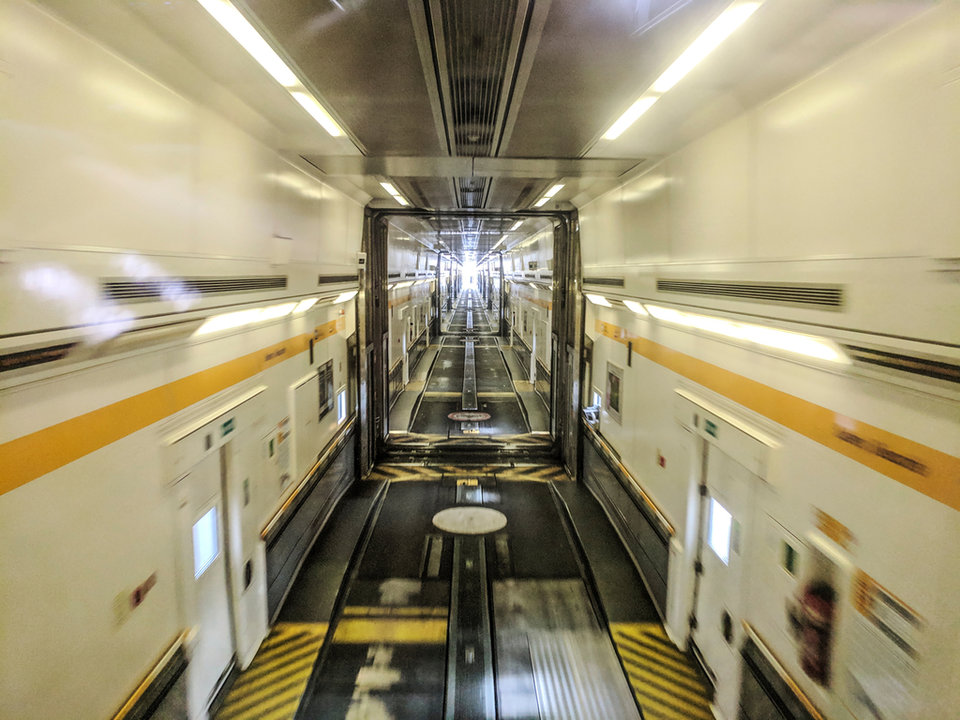
Construction of the Channel Tunnel was completed in 1993.
July 2003:
new speed record thanks to HS1
At the beginning of the new millennium, poor sales and public distrust towards British railways - combined with lower ridership rates, which fell from seven million in 2001 to 6.3 million in 2003 - became a growing threat for the line, which experienced one of the darkest moments in its ten-year history.
But, the completion of the first section of the UK’s High-Speed 1 (HS1) line, which currently runs between London and the Channel Tunnel, gave the Eurostar a breath of fresh air.
With travel times between various destinations gradually shortening, the arrival of HS1 helped the service hit a new record, as it reached a top speed of 208mph for the first time in the UK’s rail history.
Other records currently held by the service include having the longest underwater section of any tunnel in the world and being the second-longest railway tunnel in existence.
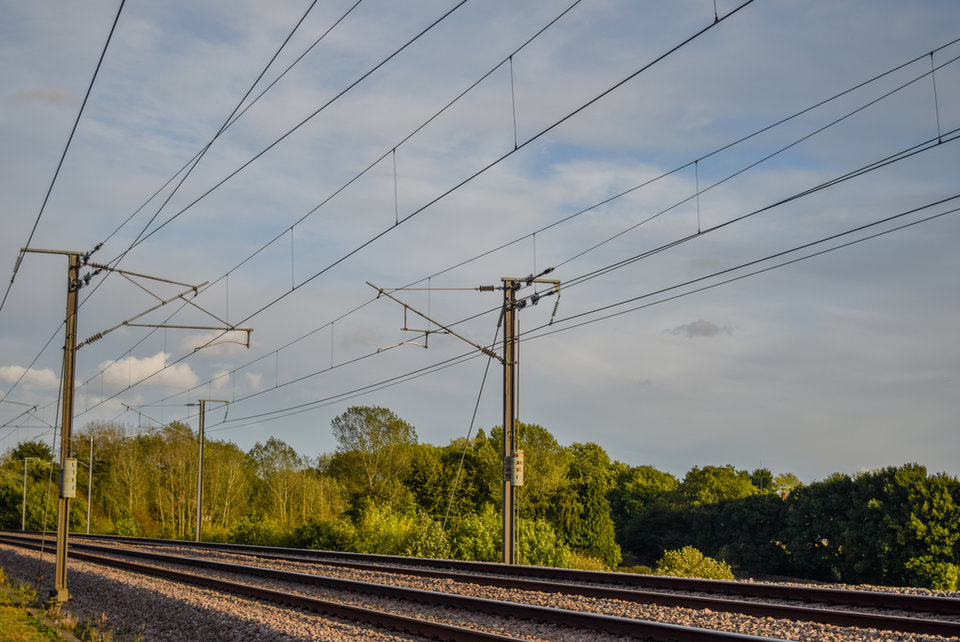
The arrival of the UK’s HS1 gave Eurostar a boost.
April 2006:
Eurostar steps up environmental credentials
Over the years, Eurostar made its environmental credentials a trademark of its service, getting increasingly recognised for offering a sustainable alternative to other, more polluting means of transport.
The first significant effort in this direction came in 2006, when the company launched Tread Lightly, a set of environmental commitments aimed at reducing its carbon footprint.
Later on, Tread Lightly would also become the name of Eurostar’s first train departing from London St Pancras International.
In 2006, Eurostar also announced that its trains were fully carbon-neutral and that it would commit to reducing its overall carbon emissions by 25% by 2012.
Having managed to cut emissions by 32% and its waste by 50% throughout the following decade, in 2018, Eurostar further updated its Tread Lightly commitments to comply with the 2016 Paris Climate Agreement.
November 2007:
relocation to St Pancras International
After 13 years at Waterloo Station, Eurostar relocated to the freshly-renovated London St Pancras International station, which sits right in the centre of the capital.
By this time, the last section of the HS1 had just reached completion, allowing trains to run from London to Paris in little more than two hours, while journey time to Brussels was reduced to one hour and 51 minutes.
The station now features a refurbished, dedicated check-in area and platform bar.
As 2007 drew to its end, there was more to celebrate for Eurostar, which posted a net profit of €1m for the first time since starting services.
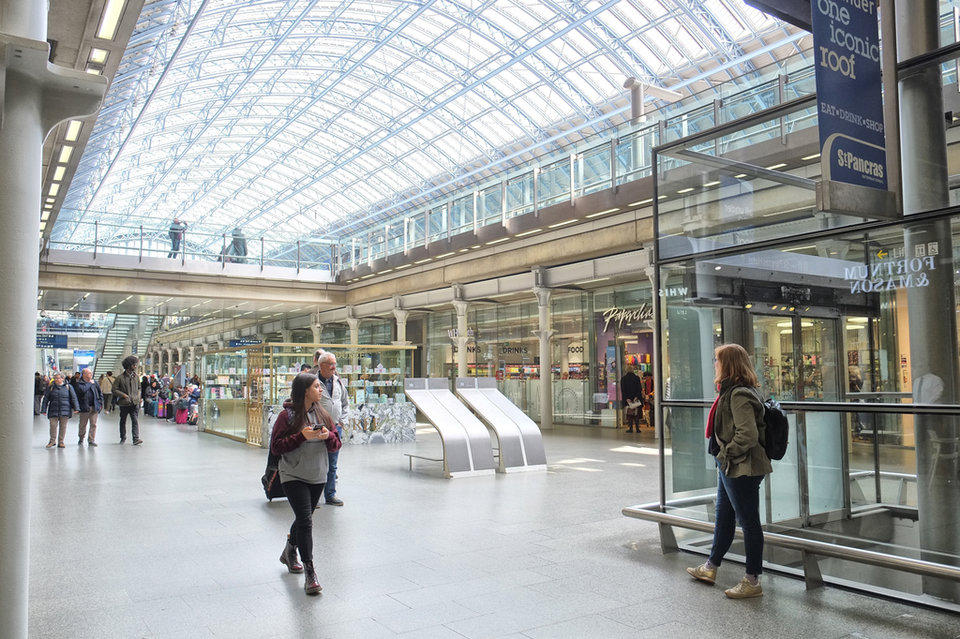
London St Pancras International station. Image: Dignity 100 | Shutterstock.com
October 2010:
new corporate structure and a £700m investment in trains
Profits continued to grow in the following years, allowing Eurostar to gradually reduce its debt and change its corporate structure in 2010.
Having previously been operated by three independent companies in Belgium, France and the UK, the service was then brought together under a new single organisation – called Eurostar International Limited – in September 2010.
During the first month of its existence, the new company announced plans to invest £700m in refurbishing its existing fleet and purchasing ten Siemens Velaro e320 trainsets, which still run on the line.
November 2014:
20th anniversary and new trains
The latest version of the e320 trains was the star attraction during the company’s 20th-anniversary celebrations, which took place in November 2014. The trains can now reach a top speed of 186mph, slowing down to 100mph when crossing the tunnel.
In the year leading up to this event, Eurostar had attracted over ten million passengers for the first time in its history, having started from just three million in 1995.
The occasion called for the return of a beloved figure for the line, Queen Elizabeth, who unveiled a plaque at St Pancras International in June 2014.
About a year later, the UK Government completed the sale of its 40% stake in Eurostar International to a consortium of Caisse de Depot et Placement du Quebec (CDPQ) and Hermes Infrastructure. The majority owner of the service is now French railway company Société nationale des chemins de fer français (SNCF).
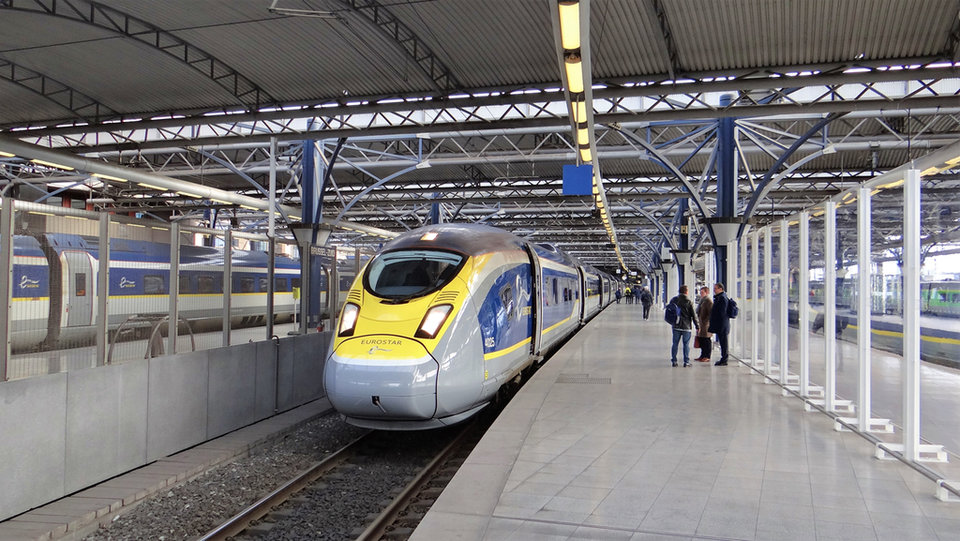
the new e320 trains can reach a top speed of 186mph. Image: Bjorn Keith | Shutterstock.com
1990s – 2000s:
Penn Station and the issue of the East Side Access
A revamped Penn Station is the MTA’s most notable product of the 1990s, when Governor George Pataki launched extensive works to redecorate it, expand it and introduce air conditioning throughout the hub.
During these years, the MTA also decided to sell the LIRR’s freight division to the New York and Atlantic Railway after witnessing a 25-year drop in freight operations on Long Island.
At the dawn of the new millennium, the operator also began works on its East Side Access project, which entailed extending the mainline towards the east side of Manhattan via Grand Central Terminal.
However, the project, which officially launched in 2007, has been continuously hit by delays and cost increases. Now scheduled to be completed in 2022, it will be partially funded by the MTA’s capital plan announced earlier this year.
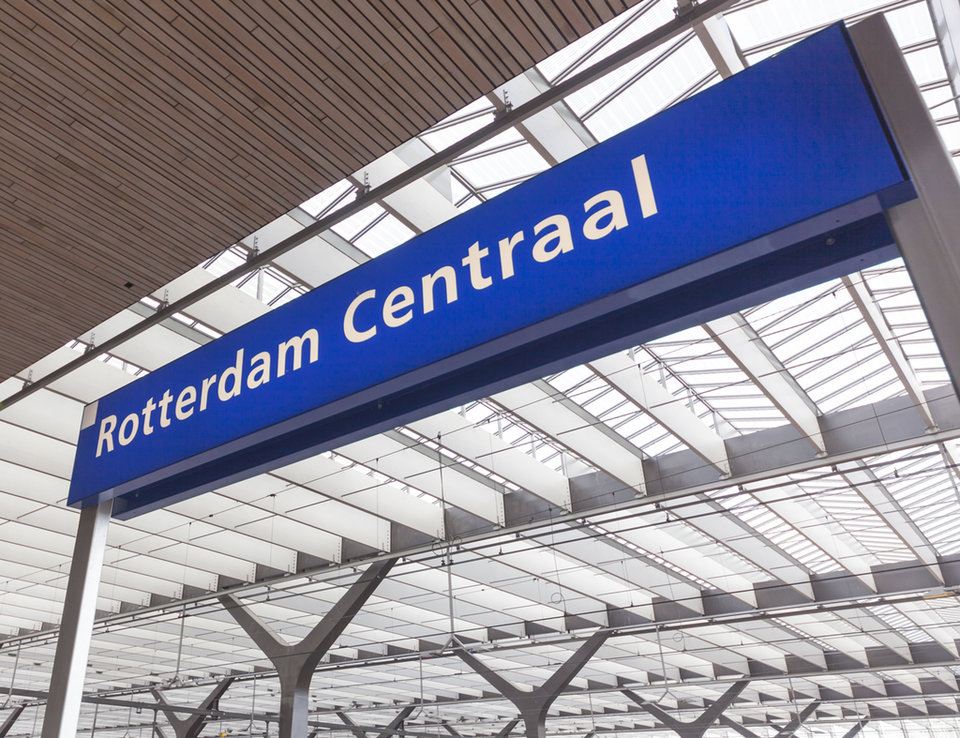
Caption: Eurostar recently launched a commercial service to Amsterdam and Rotterdam. Image: mj - tim photography | Shutterstock.com